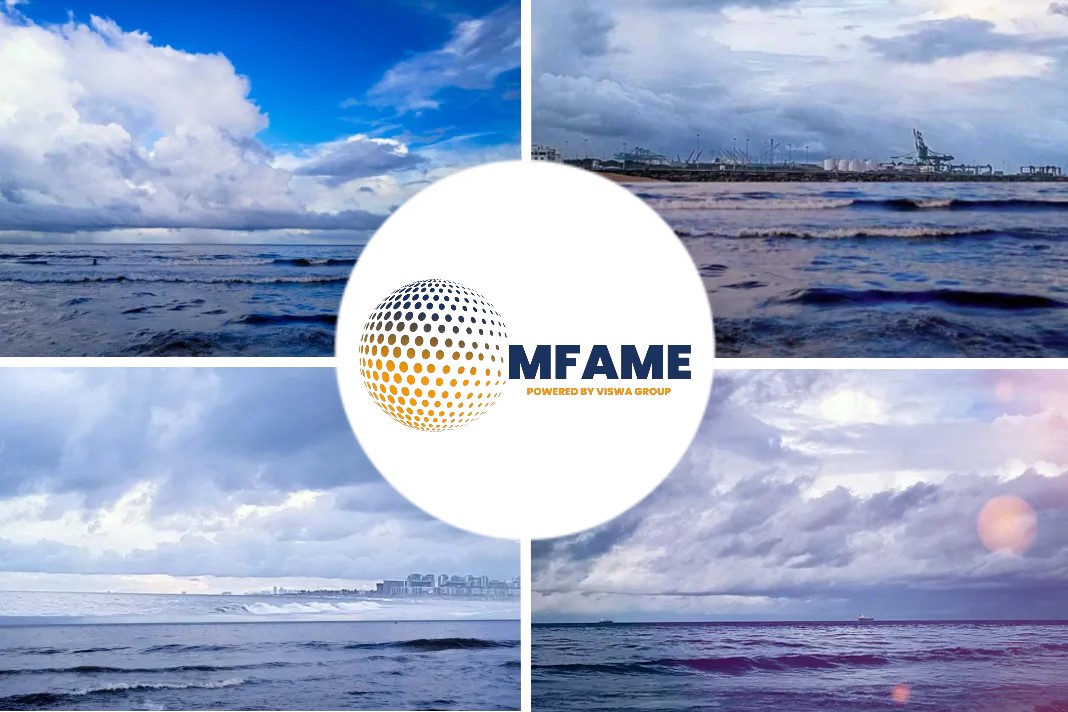- A set of draft guidelines to support mandatory measures to cut the carbon intensity of all ships has been agreed, for submission to the MEPC.
- The guidelines are expected to be adopted when the MEPC meets for its 76th session from 10-17 June, 2021.
- The dual approach aims to address both technical (how the ship is equipped and retrofitted) and operational measures (how the ship operates).
An International Maritime Organization (IMO) working group has agreed a set of draft guidelines to support mandatory measures to cut the carbon intensity of all ships.
Reduction of GHG Emissions from Ships
As disclosed, the Intersessional Working Group on Reduction of GHG Emissions from Ships (ISWG-GHG 8) met remotely from 24 to 28 May, to adopt a new set of guidelines based on two new measures regarding Energy Efficiency Existing Ship Index (EEXI) and Carbon Intensity Indicator (CII).
This new comprehensive set of guidelines aims to address both technical and operational measures, including:
- Guidelines on the method of calculation of the attained EEXI:
- Guidelines on survey and certification of EEXI;
- Guidelines on the shaft / engine power limitation system to comply with the EEXI requirements and use of a power reserve;
- Guidelines on operational carbon intensity indicators and the calculation methods (CII Guidelines, G1);
- Guidelines on the reference lines for use with operational Carbon Intensity Indicators (CII reference lines guidelines, G2);
- Guidelines on the operational carbon intensity reduction factors relative to reference lines (CII Reduction factor Guidelines, G3);
- Guidelines on the operational Carbon Intensity rating of ships (CII rating guidelines, G4).
The key element in the draft is the proposal for the CII reduction factor (the ‘Z-factor’), under the reference line G3.
Carbon footprint of international shipping
In order to determine the operational carbon intensity rating ships are set to measure and document their actual annual operational CII against the required annual operational CII, to ensure their continuous progress on the decarbonization path.
Ships of 5,000 gross tonnage (approximately 30,000 of them) are already subject to determine their required annual operational CII.
IMO expects this phased approach would see an annual successive carbon intensity reduction rate of -2% compared to the 2019 reference line from 2023 through to 2026, respectively.
The reduction rates, which are to be measured annually, are in line with the IMO’s initial strategy to reduce carbon footprint of international shipping by 40% by 2030, compared to 2008.
Operational CII rating
As for the operational CII rating of ships, new scale has been introduced:
A – indicating a major superior,
B – minor superior,
C – moderate,
D – minor inferior or
E – inferior performance level.
As informed, the performance level would be recorded in the Ship Energy Efficiency Management Plan (SEEMP).
The ships rated with A or B are to be provided with bonuses from administrations, port authorities, and stakeholders. In contrast, ships rated D for three consecutive years, or E would have to submit a corrective action plan.
Specific EEXI requirements
Ships’ EEXI would be calculated at their first survey after adopting the amendments. Ships are required to meet a specific required EEXI which is based on a required reduction factor.
The correspondence group which will further consider and finalize the aforementioned guidelines and update the existing ones was also established.
- The new amendments are expected to be adopted when MEPC meets from 10 to 17 June on 76th session.
- The effectiveness of the CII and EEXI implementation are to be reviewed by IMO by 1 January 2026 at latest.
Did you subscribe to our daily newsletter?
It’s Free! Click here to Subscribe!
Source: IMO

















